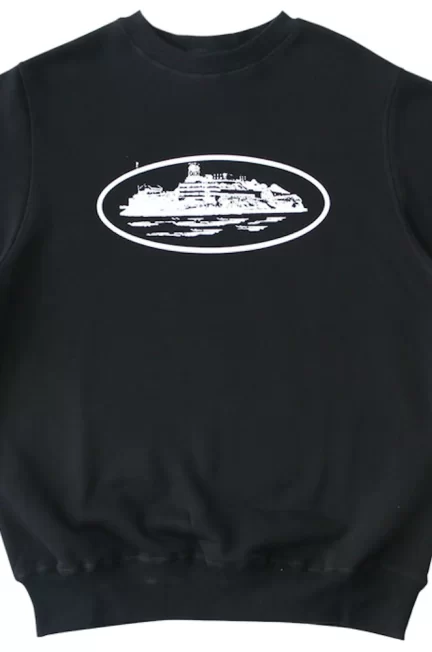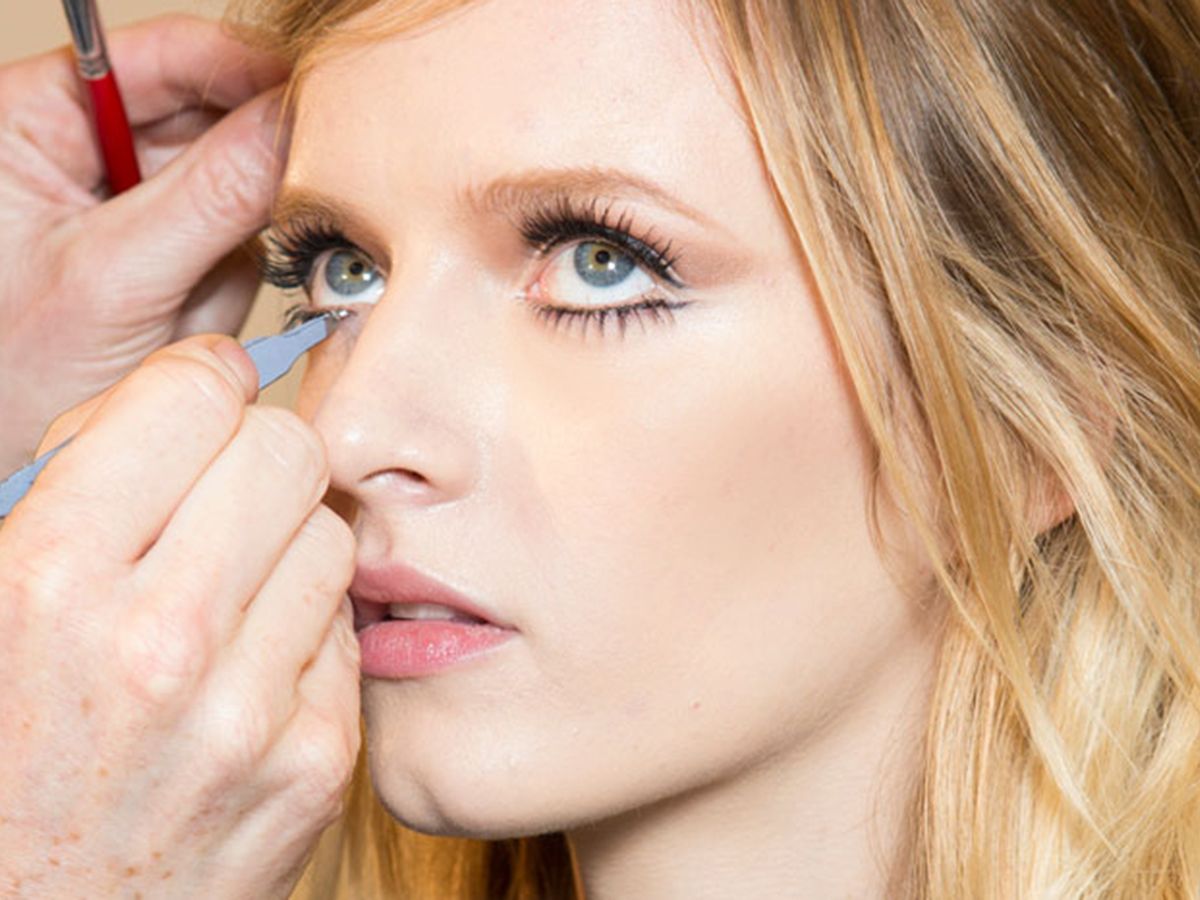In a world that often equates style with status and self-worth, the clothes we wear speak volumes not only to those around us but also to the deep-seated corners of our psyche. The psychology of clothing and its impact on self-esteem is a powerful narrative that warrants exploration. Whether it’s the tailored suit that imbues an executive with authority or the power dress that prepares a public speaker to command an audience, clothing can be a tangible tool for bolstering confidence. But how, exactly, do the threads we choose impact our self-perception and confidence levels? Join me on a deep-dive into the intimate relationship between your closest belongings and your confidence in this blog post.
The Roots of Dressing for Success
The phrase ‘dress for success’ is more than a catchy mantra; it encapsulates a widely recognized principle that the right wardrobe can significantly enhance how we’re perceived and, more importantly, how we perceive ourselves. In the corporate world, this often means adopting a professional attire that aligns with your industry’s norms. From boardroom to barista, the right attire not only projects a favorable image but can also trigger a response in the wearer that evokes a sense of preparedness, competence, and belonging.
Research continues to show a correlation between professional attire and perceived job performance, with one study from Northwestern University even suggesting that formal dress gives the wearer cognitive advantages. However, as we venture beyond the confines of the workplace, we find that clothing choices play an equally substantial role in our social lives, hobbies, and even health.
When Your Wardrobe is Your Armor
Consider the last time you donned an outfit that made you feel unstoppable—perhaps it was a date night dress that accentuated your confidence, or the perfect, fitted blazer that accompanied a winning interview. Why did that particular ensemble carry such power? The answer may lie in the concept of ‘enclothed cognition,’ a theory widely explored by social psychologists.
Enclothed cognition suggests that the symbolic meaning of the clothes we wear can trigger changes in our behavior. In experiments, individuals performed tasks differently based on the symbolic meaning of the clothes they wore, Gallery Dept as well as their physical experience of wearing them. When we wear an outfit that matches our desired self-image, we assume the psychological mantle that this outward representation suggests, with improved mood and performance as a result.
A Boost in Confidence, Step by Step
Self-esteem—our inner narrative of our own worth—is influenced by a myriad of factors, and our clothing can be one of the most visible cues to both ourselves and others. Everyday attire can heighten or diminish our sense of worth, comfort, and preparedness for the day’s challenges. A pair of well-loved sneakers may serve as a reassuring constant in a busy day, a crisp white shirt might remind you that you’ve got this presentation under control, and a well-fitted pair of jeans can give a social boost at that after-work gathering.
In essence, dressing well is not just a superficial exercise. It’s a deliberate action that can set the stage for a more confident, positive day. From enhancing our body language—standing taller, speaking more assertively—to signaling a certain level of respect for an event or environment, the clothes we choose are the silent influencers in every scene of our lives.
The Interplay of Fashion and Personal Exploration
For some, the relationship with fashion is a reclamation—a turning outward and a reconnection with self. This may involve finding a personal style amidst trends or discovering the silhouettes and colors that make you feel most like you. Personal style can be deeply empowering, Essentials Hoodie representing a publication of identity that is uniquely personal. It’s where we take the command of the story our clothes tell and rewrite it to reflect our best—and most beautiful—selves.
But what about those for whom fashion can be a source of anxiety rather than empowerment? For those individuals, the language of style can seem foreign, unwelcoming, or unattainable. The key here is to approach it with self-compassion and a spirit of adventure. After all, self-esteem is often built through a series of small victories, and cultivating a wardrobe that strengthens and sustains you is a victory worth pursuing.
Confronting Stereotypes and Challenging Norms
It’s a complex, delicate dance we perform with our clothing choices. There are the rules and expectations of society, the stereotypes and assumptions that come bundled with different styles, and the very personal navigation of our own comfort and expression. In challenging these norms, we clear space for a more inclusive and empowering fashion culture—one that celebrates all identities, bodies, and budgets.
Fortunately, the landscape of fashion has been shifting. The rise of sustainable and ethical fashion movements invites us to consider the origins and impacts of our clothing, Vlone, resonating deeply with individuals who seek to align their outward appearance with their inner values. And the growing chorus of diverse voices in fashion—both on the runway and on social media—invites us to celebrate not just clothing but the people who wear them.
The Power of a Well-Chosen Wardrobe
Our daily interactions with our wardrobe present an opportunity to curate a collection of pieces that contribute to our well-being, confidence, and overall happiness. A well-chosen wardrobe is not necessarily one filled with designer labels or the latest trends, but one that reflects a deep understanding of one’s self and the world they wish to inhabit.
Considering the profound effect our clothing can have on our sense of self, it’s worth treating our wardrobe choices as a craft—one to be honed and refined over time. With patience, self-expression, and the knowledge that what we wear can indeed shape who we are, the act of getting dressed becomes a powerful daily ritual where confidence is waiting at the end of every hanger.




